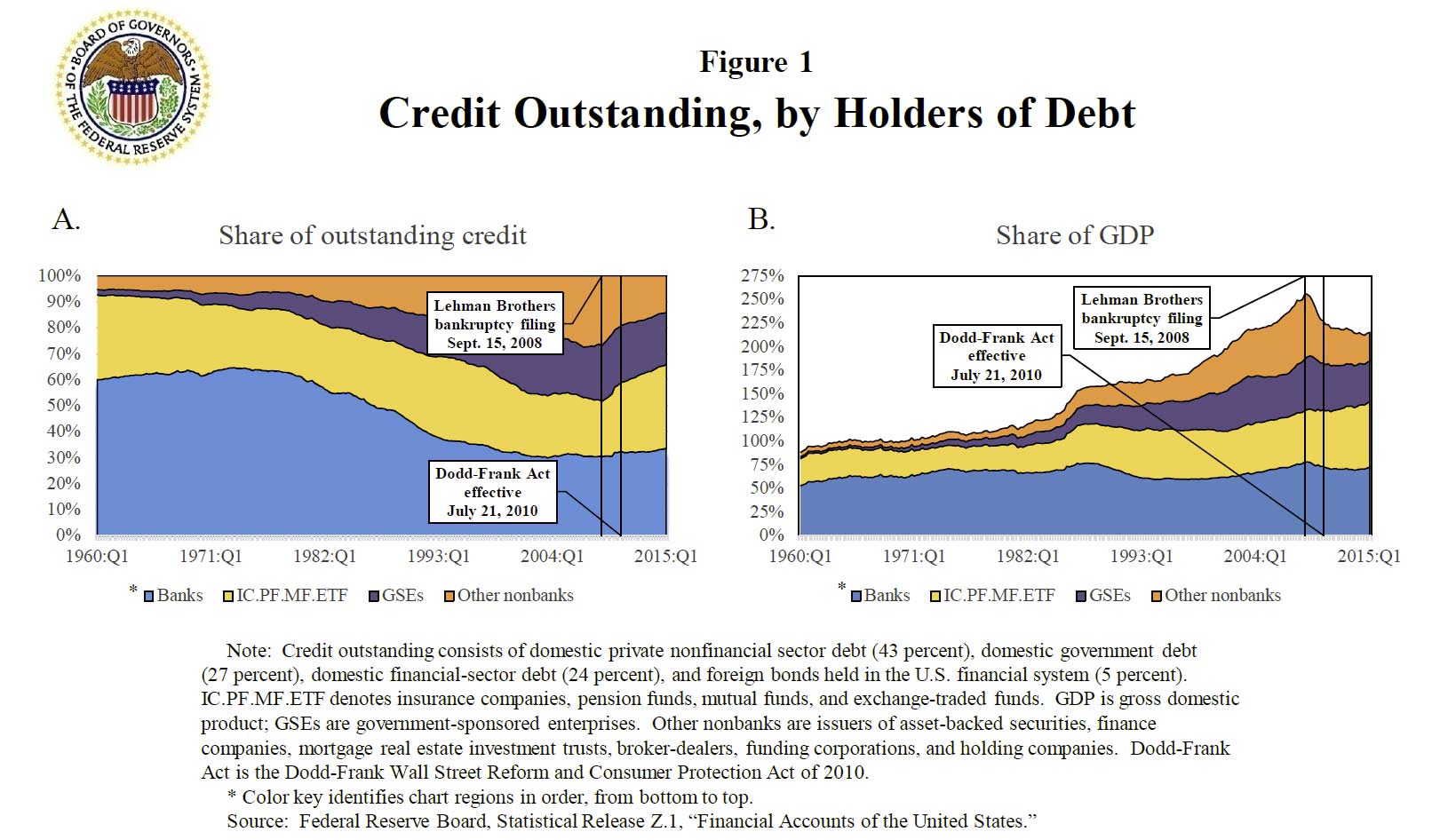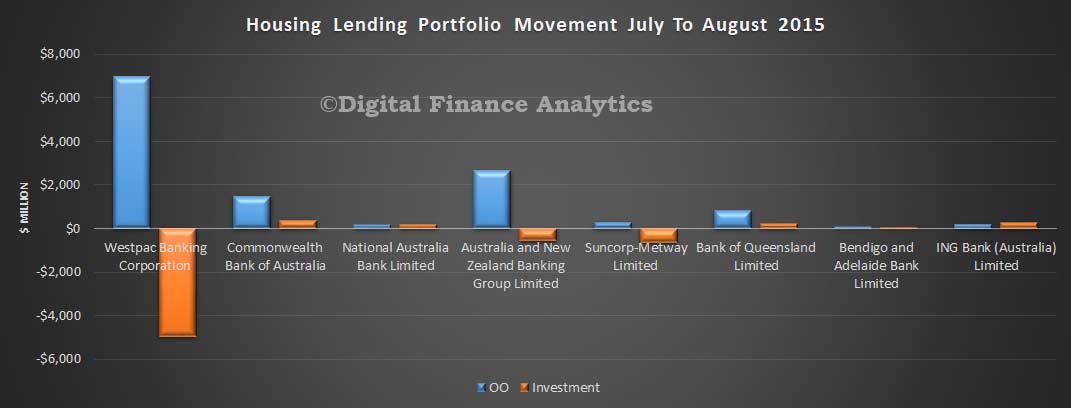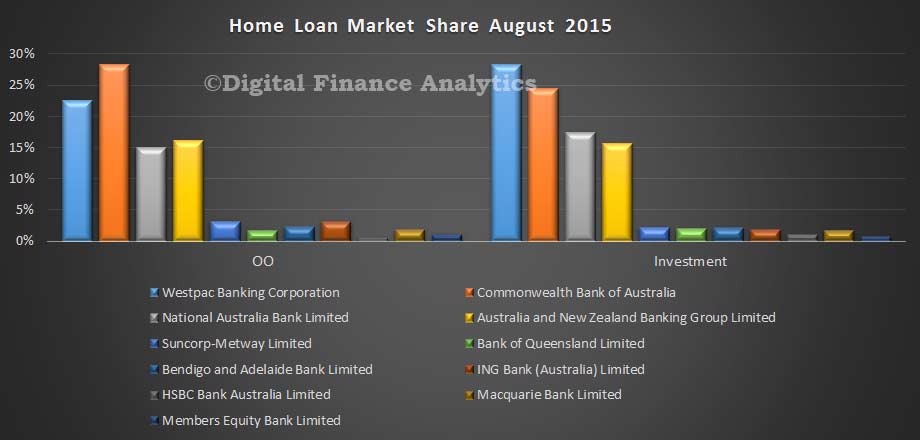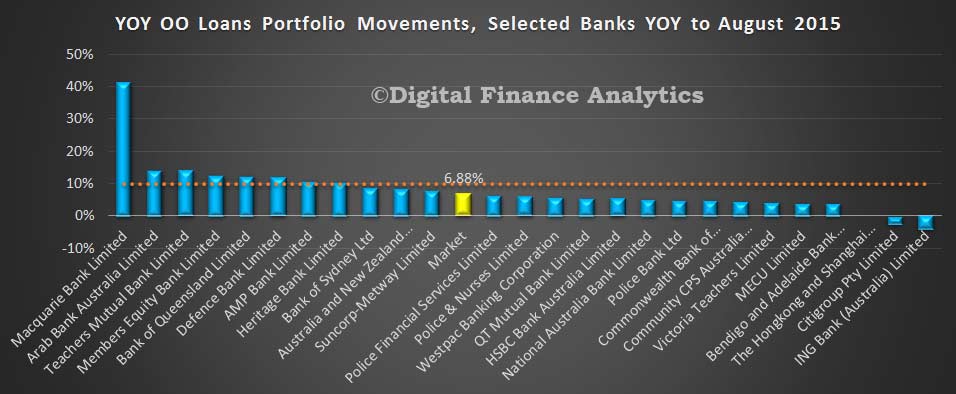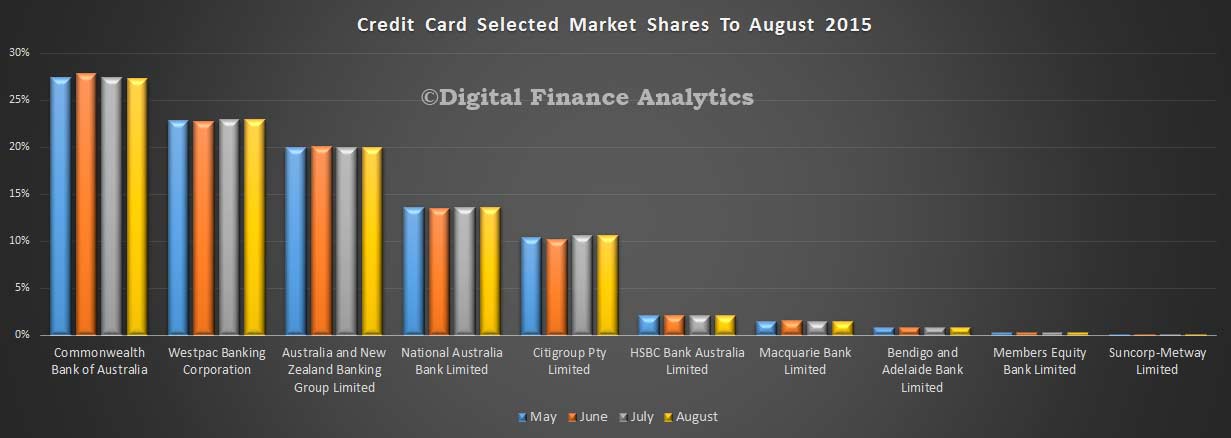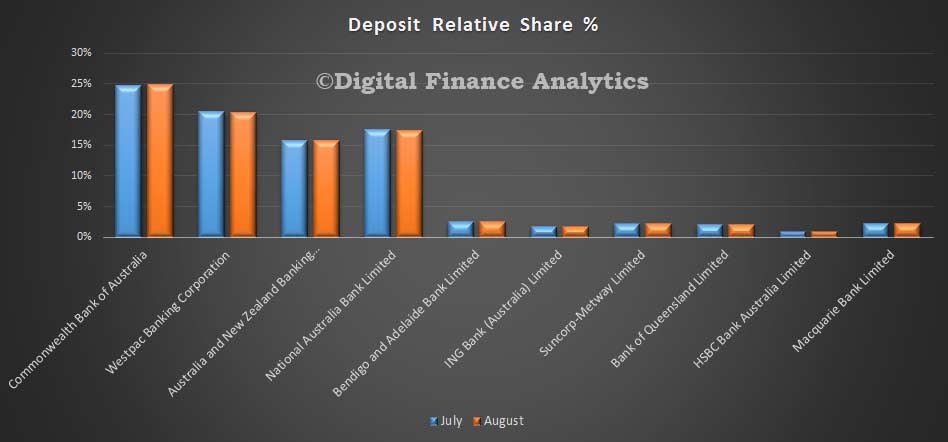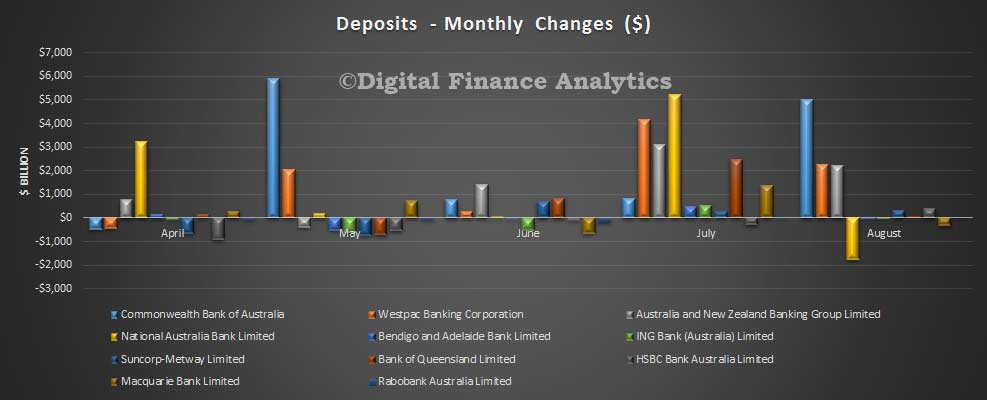A recent speech by Lars Rohde, Governor of the National Bank of Denmark, included some interesting insights into mortgage risks and their management. Given rising house prices, and credit growth, he reflects on the EU’s approach to risk management of mortgage lenders. Some messages worth reflecting on in the Australian regulatory context! The principle is that losses should be borne by those who took the risks – in other words, owners and creditors – public funds should be protected.
In Denmark, the housing market is now picking up in practically all municipalities, and the annual rate of increase in house prices in Denmark overall has risen since New Year. In some parts of the country, prices have begun to rise only recently, so there are still large differences in the housing market across the country.
As such, it is positive that the housing market is picking up. That is a natural element of the current upswing. But in the large towns and cities there is a risk of price increases being self-reinforcing. The rate of price increase for e.g. owner-occupied flats in Copenhagen has been around 10 per cent for several years, and many buyers seem to expect that prices will continue to rise. It goes without saying that price increases on the scale seen in Copenhagen in recent years are not sustainable in the longer term.
During previous upswings, the housing market has been a source of macroeconomic instability and overheating of the economy. This was particularly true during the upswing in the 2000s. A contributory factor was the absence of sufficient automatic stabilisers in the structure of housing taxes. The current housing tax rules have also led to a considerable geographical spread in the rate of taxation – by which I mean the tax payable relative to the value of the property.
In the Danish mortgage credit system, everyone has access to loans if they can pledge sufficient collateral. Marginal lending is typically provided by the banks. But there is reason to exert caution in this respect. In many cases it would be prudent for the banks to require a considerably larger down payment than the 5 per cent of the purchase price that will be included in the rules on good practice for financial enterprises from 1 November. More equity among the households will strengthen their resilience and the robustness of the financial sector.
He went on to talk about what the new crisis management regime means for the mortgage banks.
Basically, the Bank Recovery and Resolution Directive establishes a common framework for the resolution of credit institutions across the EU. The underlying philosophy is that losses should be borne by those who took the risks. In other words, owners and creditors. Public funds should be protected. Those are the rules applying to other firms, and they should also apply to banks and mortgage banks. That will support market discipline.
It shall be ensured that resolution of an institution does not have serious implications for the economy and for financial stability. The functions that are critical to general economy must therefore be preserved in the event of resolution, irrespective of the organisational set-up. In this way, society in general is not taken as a hostage and forced to bail out an institution in difficulties. That can only be achieved via robust planning of recovery and resolution. Such planning will also ensure that bail-in becomes a real option in the future.
Since mortgage credit is a core element of the Danish financial system, the new framework will obviously affect the individual mortgage banks. Overall, there are three reasons why difficulties experienced by a mortgage bank may have serious implications for the economy and for financial stability. These should be taken into account in our planning.
Firstly, the mortgage credit sector is large and highly concentrated. Mortgage loans make up around three quarters of all lending by credit institutions to households and the corporate sector. And these loans are provided by just a small number of mortgage banks.
Secondly, the mortgage credit sector is closely interconnected with the rest of the financial system, in that mortgage bonds, especially covered bonds – SDOs, are used as liquidity and wealth instruments. So if their value deteriorates, this will affect the rest of the system.
Thirdly, all mortgage banks are based on more or less the same business model. This means that they are also faced with more or less the same risks. If the market loses confidence in a bond issued by one mortgage bank, confidence in and thus funding for the rest of the sector may rapidly evaporate.
Therefore recovery and resolution planning should ensure that a mortgage bank in difficulties will still be able to lend on market terms so that the lending capacity of the system does not decrease. And it is necessary to ensure that the problem is contained within the mortgage bank in question. Finally, it is essential that the government is not compelled to take on any significant risk.
To prevent a situation where resolution becomes necessary, each mortgage bank must prepare a recovery plan. The plan should examine the steps that may be taken if the mortgage bank is in difficulties. This will allow you to spot any weaknesses and inappropriate structures yourselves.
The recovery plan should take into account challenges in relation to both solvency and liquidity. Obviously, it is critical for an institution if losses reach a magnitude that jeopardises its solvency. But that will happen at a very late stage. Doubt about the viability of the business model will arise at a much earlier stage, namely when the mortgage bank can no longer maintain SDO status for bonds issued and fund itself on market terms. So it is crucial for the mortgage bank to have a reliable plan to minimise the risk that this situation arises.
The plan should cover situations where only the mortgage bank itself is under stress as well as situations where stress affects the entire financial system. This has a bearing on the potential courses of action. In a situation where the entire financial system is under stress, the option to divest and access to new capital may be limited.
In the event that a mortgage bank is deemed likely to fail, resolution procedures must be initiated. If this is to be effected in an expedient way, it is necessary to have a robust plan ready. That is the responsibility and task of the authorities. This task is fundamental to financial stability. Together with the two resolution authorities – the Danish Financial Supervisory Authority and Financial Stability – Danmarks Nationalbank is therefore working actively with such plans for the systemically important financial institutions in Denmark.
The work on the resolution plans and the assessment of whether they will work involves a large element of learning by doing. It is not work that will be completed this year. And the plans will need to be updated on a continuous basis.
The mortgage banks are fully comprised by the crisis management regime. However, there is one significant exemption, in that the minimum requirement for own funds and eligible liabilities does not apply to them. This means that bail-in is not an option in connection with resolution. Instead, the mortgage banks must hold a “debt buffer” of 2 per cent of their lending.
Right now, it is an open question whether a plan for resolution of a mortgage bank can observe the resolution targets I have already mentioned without the bail-in tool. This also applies in relation to the special winding-up model which the Mortgage Credit Act provides for. As we have previously said, it would have been better if a minimum requirement for own funds and eligible liabilities had to be set. In a resolution situation it would then have been possible for perform bail-in on uncollateralised liabilities to a sufficient extent to ensure the operation of the mortgage bank and the value of the SDOs – thereby supporting confidence in the mortgage credit system. And the Danish mortgage credit model would not have acquired yet another element that is not in conformity with the market.




